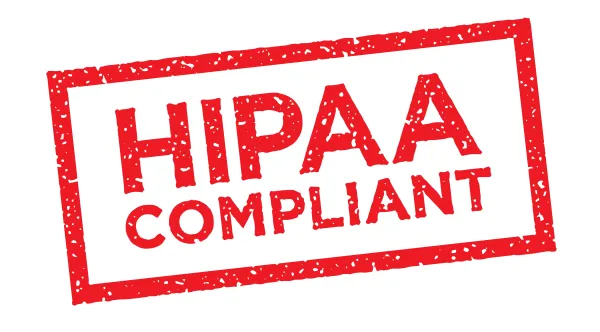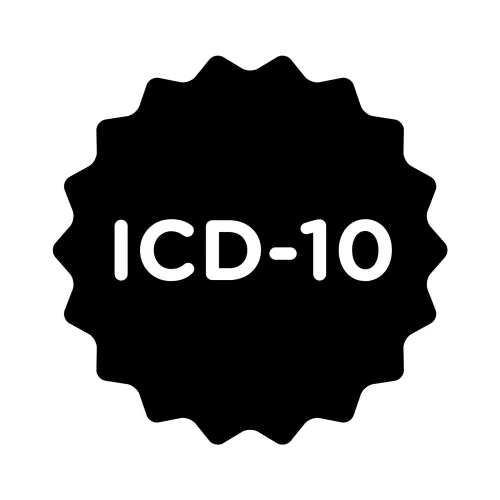Grapple With New Technology Options for E/M Services

Check perspective for 99451, 99452. Whether an E/M service involves internet, telephone, remote monitoring, or other tools, you have a host of updated procedure code options to use this year. Read on to learn about code changes that could impact how you report — and get paid — for certain evaluation and management services your general surgeons might perform. Recognize Two Sides of Interprofessional Tech Talk If your surgeon either requests or receives an electronic-media consultation regarding a patient’s health record, you might need to turn to one of the following CPT® 2019 codes: Requesting or consulting? The key to distinguishing these codes is understanding whether your surgeon is requesting a different provider to look at a health record, or your surgeon is on the other side of the request. According to CPT® coding guidelines, when performing the 99451 services, the provider you’re coding for is acting as a consultant. That means your surgeon would access the patient’s medical record via telephone, internet, or electronic health record (EHR). The surgeon then evaluates whatever records are available – history and physical, lab results, imaging reports, surgical reports, etc. The surgeon then provides an opinion on the case and sends the referring provider (the treating or requesting physician or other qualified healthcare professional) a written report of treatment/management recommendations. The difference with the 99452 service is that you’re reporting for the other side of the equation: your surgeon is the patient’s requesting provider rather than the consulting provider. Guidelines state that 99452 represents when a provider interacts with a consulting provider via telephone, the internet, or an EHR. For instance, your surgeon would initiate the communication to share information with the consulting provider to help him form an opinion about the patient’s future treatment or care management. Caution: How much you’ll need to rely on these codes is unclear. “Currently, few payers reimburse for the telephone or internet CPT® codes, so 99451 and 99452 may fall into the same category,” says Donelle Holle, RN, a healthcare, coding, and reimbursement consultant in Fort Wayne, Indiana. Agreed: If you report 99451 or 99452 as a stand-alone service, be cautious with your reimbursement expectations. “It remains to be seen if payers will reimburse for these services, because a face-to-face encounter is usually required. If the payer currently does not reimburse for interprofessional services, that’s probably an indication that they will also not pay for these two new services,” explains Melanie Witt, RN, MA, an independent coding consultant in Guadalupita, NM. More restrictions: The first-quarter 2019 Correct Coding Initiative (CCI) edits bundled codes 99451 and 99452 as a column 2 code with hundreds of other procedures. Each of the code pairs has a modifier indicator of “0,” meaning that you can’t override the edit pair. Bottom line: If your surgeon uses technology such as a patient EHR to request or perform an assessment as part of a larger service, you should report only the primary code. Any interprofessional communication your surgeon might have in those cases is included in the primary procedure. Observe New Ways to Record Data Management Another information-technology process your surgeons might provide involves remotely monitoring a patient’s physiological data. Prior to this round of CPT® revisions, you had two codes you could use to report these activities, but CPT® 2019 deleted 99090 (Analysis of clinical data stored in computers (eg, ECGs, blood pressures, hematologic data)) because it is now outdated. “What was previously captured in 99090 is now included in other codes, including the new remote physiologic monitoring [RPM] codes,” says Kent Moore, senior strategist for physician payment at the American Academy of Family Physicians. In place of 99090, you might need to report one of the following three new codes to describe this work in 2019: The codes reflect each step in the data collection process, from setting up the device and teaching the patient how to use it (99453), to supply of the device for daily recording or programmed alert transmissions (99454), to monitoring the data gathered and communicating any information and care plan revisions to the patient based on a provider or other qualified healthcare professional’s interpretation of the device’s data (99457). And like revised code 99091, you can report 99454 and 99457 only once per calendar month. These additions represent “an interesting step toward including IT-related monitoring of a patient’s chronic conditions,” according to Chelle Johnson, CPMA, CPC, CPCO, CPPM, CEMC, AAPC Fellow, billing/credentialing/auditing/coding coordinator at County of Stanislaus Health Services Agency in Modesto, California. If you use these codes, “required documentation, such as the number of reports per month, signatures, which staff will review the results, and so on seems unclear,” says Johnson.




